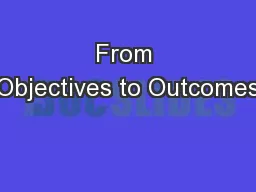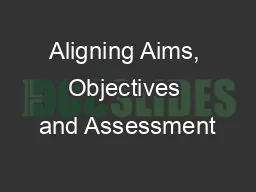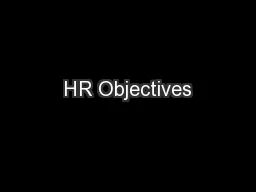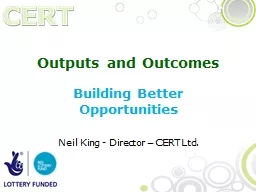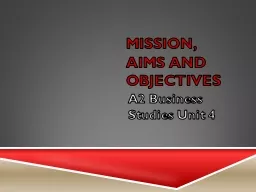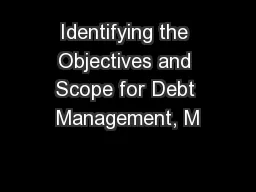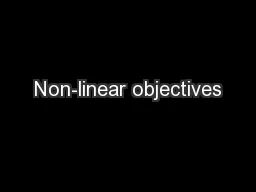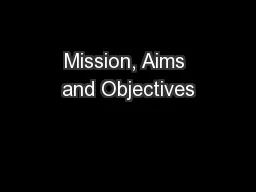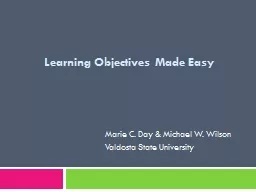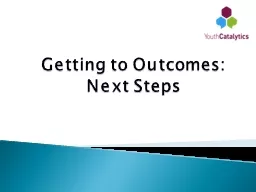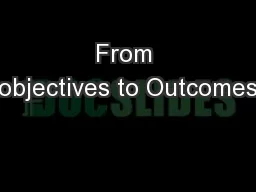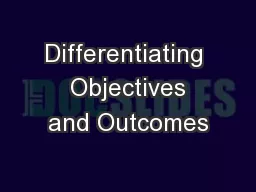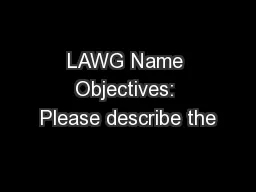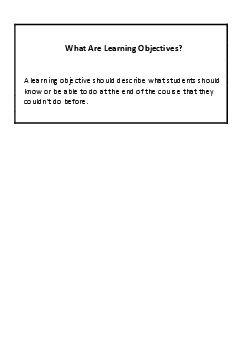PPT-From Objectives to Outcomes
Author : cheryl-pisano | Published Date : 2017-08-09
Beth Fentress Hallmark PhD RN Belmont University Nashville TN Belmont University Nashville Tennessee 5000 students College of Health Sciences Interprofessional
Presentation Embed Code
Download Presentation
Download Presentation The PPT/PDF document "From Objectives to Outcomes" is the property of its rightful owner. Permission is granted to download and print the materials on this website for personal, non-commercial use only, and to display it on your personal computer provided you do not modify the materials and that you retain all copyright notices contained in the materials. By downloading content from our website, you accept the terms of this agreement.
From Objectives to Outcomes: Transcript
Download Rules Of Document
"From Objectives to Outcomes"The content belongs to its owner. You may download and print it for personal use, without modification, and keep all copyright notices. By downloading, you agree to these terms.
Related Documents

